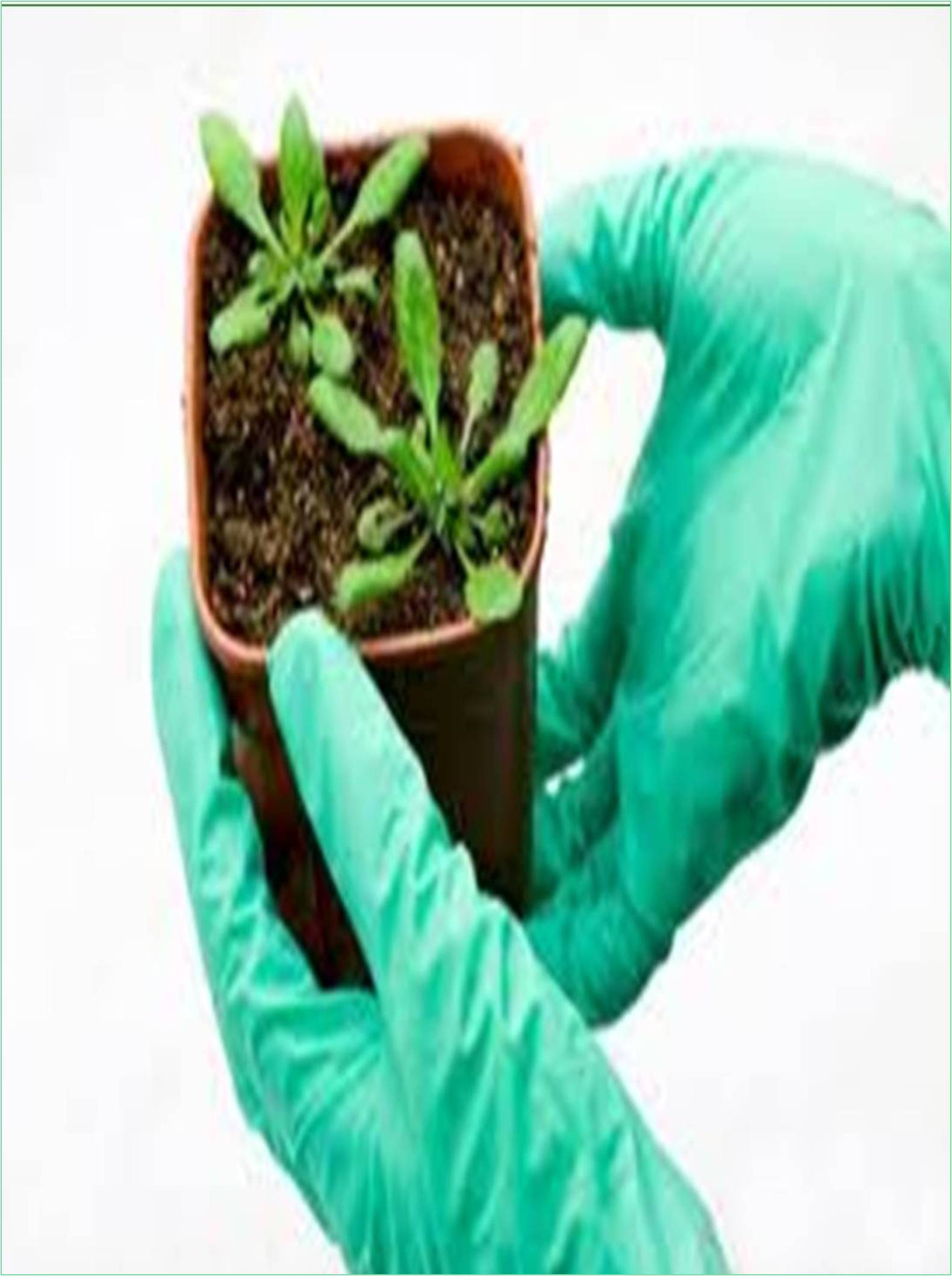



Received: 01-Feb-2022, Manuscript No. GJCSSPB-22-59478; Editor assigned: 03-Feb-2022, Pre QC No. GJCSSPB-22-59478 (PQ); Reviewed: 17-Feb-2022, QC No. GJCSSPB-22-59478; Revised: 24-Feb-2022, Manuscript No. GJCSSPB-22-59478 (R); Published: 04-Mar-2022, DOI: 10.15651/2437-1866.22.9.45
The application of biosolids improves the availability of soil nutrients and crop productivity. However, their use should be carefully considered to avoid the risk of contamination. The effect of biosolids on the nitrogen and phosphorus content is more. Three types of dehydrated biosolids were used namely anaerobic digestion, anaerobic digestion and heat drying and anaerobic digestion and lime stabilization biosolids. The application of biosolids has similar results to mineral fertilizers, suggesting potential agricultural use. The impact of biosolids on soil and crop shows variation in the quality. The use of biosolids on Pennsylvania farmlands has been common since the mid-1970s. Biosolids contain essential phytonutrients and organic matter that help plant production. Therefore, the application of biosolids to land is a useful alternative to landfill and incineration. As with any soil improvement, the application of biosolid to agricultural land needs to be properly managed to maximize profits and minimize potential environmental risks. Long- term implementation of crop production and soil management practices such as tillage, crop rotation, fertilizer and fertilizer application can significantly change various soil properties, which can affect the crops that grow on those soils. The goal of modern production agriculture is to manage production practices in a way that maintains or improves soil and crop quality, maximizes crop yields and minimizes environmental impact. Biosolids (treated urban sewage sludge) are primarily used as a source of nitrogen (N) fertilizer in crop production, and biosolid applications are typically managed to meet the needs of crops. However, biosolids also contain significant amounts of phosphorus (P) and organic matter, some of which contain lime, all of which contain small amounts of various trace elements. Therefore, in addition to the effects on soil and crop, biosolids can also affect soil and crop pH, soil organic matter content, and soil trace element concentrations. Therefore, biosolid management goals include providing sufficient nutrients for crop production while minimizing the potential for nutrient loss from the soil and maintaining soil pH and organic matter levels at desirable levels. It will be. Bio solids contain 60-65 percent organic matter. Therefore, repeated application of bio solids over several years may be expected to increase soil organic matter content. First, the application of the bio solid stimulates the microbial activity of the soil and the majority of the added organic material is decomposed. Second, in this study, most farms have obtained a control field of mist application. Manure also adds organic matter to soil thus erasing differences from the bio solids. The pH of most soils in this study was in the range of 6 to 7.5. Bio solids utilization increased soil pH in the 0-4 inch depth by an average of 0.2 pH units, but did not affect pH at greater depths in the soil. Higher pH of soils that received bio solids can be attributed to two factors. One is that some farms included in this study received alkaline-stabilized bio solids, which is sewage sludge that has been mixed with lime at the treatment plant as a means of stabilizing organic matter and reducing pathogens. These bio solids have very high pH, are strongly alkaline, and are effective soil liming materials. The other reason is that regulations require soil pH to be at least 6.0 when bio solids are applied. Consequently, fields that receive bio solids may be limed more frequently than fields that are not, leading to higher soil pH.
Biosolid application rates are most often calculated based on the amount of nitrogen required from subsequent crops and cannot be exceeded by law. Managing nitrogen fertility with organic materials such as bio solids and fertilizers is complicated because most of them are organic and need to be converted to inorganic nitrogen (mineralization) for use by plants. Therefore, to determine the deposition rate, it is necessary to predict or estimate the amount of mineralization that occurs during the growing season. Mineralization factors have been established for different types of bio solids and are used to calculate the applicability of biosolids. If these factors are less than the actual mineralization during the growing season, more nitrogen will be available and will accumulate in the soil than plants can use
Maintaining a soil pH between 6.0 and 7.0 is recommended for most crop rotations that include vegetable crops. A large number of vegetables grow well in that range as most of the nutrients are easily available. Crops such as asparagus, brassicas, garlic, onions, and spinach are crops that are sensitive to low pH, requiring pH maintenance above 6.5.To track soil pH trends across years, measure soil pH at about the same time each year, during the fall or early spring.
Managing optimum soil nutrient levels is the key to maintaining a sustainable and productive vegetable production enterprise. Before a fertilization program can be planned it is important to know the cropping and soil fertilization history of the field. Information thus gleaned provides a good foundation for future nutrient management programs. Below are management aspects of some key nutrients.